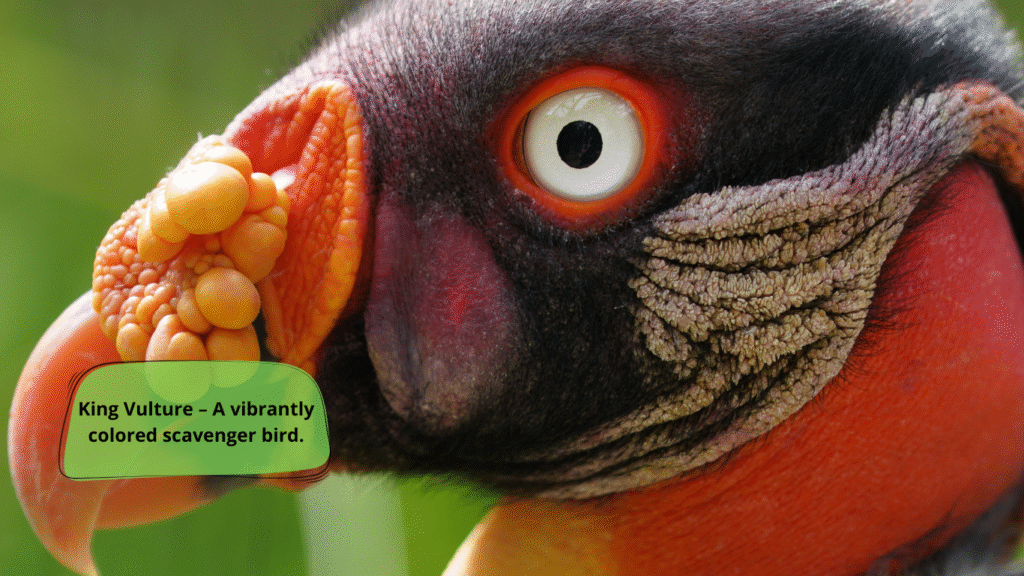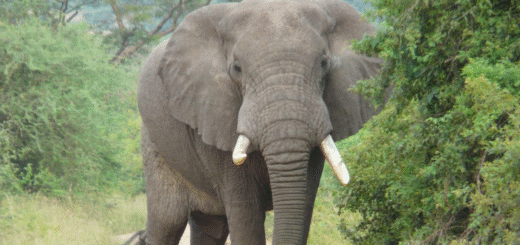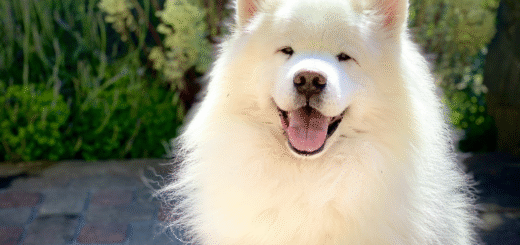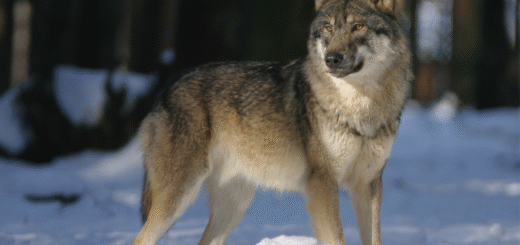King Vulture: Nature’s Colorful Scavenger and Jungle Royalty
The King Vulture (Sarcoramphus papa) is one of nature’s most visually stunning birds. Native to the dense tropical lowland forests of Central and South America, this majestic scavenger stands out with its vividly colored head and powerful presence. Known for its role in the ecosystem as a cleaner and recycler, the King Vulture plays a vital part in maintaining nature’s balance.

King Vulture: Quick Facts
- Scientific name: Sarcoramphus papa
- Family: Cathartidae (New World vultures)
- Wingspan: Up to 6.5 feet (2 meters)
- Habitat: Tropical forests of Central and South America
- Diet: Carrion (dead animals)
- Conservation status: Least Concern (IUCN)
Striking Appearance That Commands Attention
What sets the King Vulture apart is its vibrant head and neck, colored in shades of orange, yellow, red, and even purple. This bald head—free of feathers—is an adaptation to hygiene, preventing remnants of decaying meat from sticking. Its white and black plumage contrasts sharply with its kaleidoscopic face, giving it a royal and almost mythical appearance.
Despite its flamboyant looks, this vulture is silent, lacking a voice box. It communicates through grunts and hisses, adding an eerie mystique to its already regal nature.
Role in the Ecosystem: Nature’s Cleanup Crew
As a scavenger, the King Vulture plays a crucial role in preventing the spread of disease. By consuming animal carcasses, it cleans up the forest floor and supports a healthy environment. Interestingly, it often relies on other vultures to locate food—its sharp beak is stronger than most, allowing it to tear open tough hides other scavengers can’t manage.
This dominance at feeding sites may have earned it the name “King” Vulture, as it often arrives last but takes charge.
Habitat and Behavior
The King Vulture prefers dense, undisturbed tropical forests ranging from southern Mexico to northern Argentina. It is usually solitary or found in small groups and nests in hollow tree trunks or on the forest floor.
They are diurnal (active during the day) and can soar for hours using thermal currents, conserving energy as they search for carrion.
Reproduction and Lifespan
King Vultures typically lay a single egg per breeding cycle, with both parents sharing incubation duties. Chicks are covered in white down and take several months to fledge.
In the wild, King Vultures can live 20–25 years, and even longer in captivity. Their low reproductive rate makes habitat protection critical to their long-term survival.
Conservation Status and Threats
Although currently listed as Least Concern by the IUCN, the King Vulture faces threats from deforestation, habitat fragmentation, and poaching in some regions. Conservation programs focused on preserving tropical forests and educating local communities are essential to their future.
Why the King Vulture Matters
Beyond its beauty, the King Vulture serves as a keystone species—vital for ecosystem health. Its ability to consume what others can’t ensures that decay is processed efficiently, preventing disease outbreaks among both animals and humans.
Conclusion
The King Vulture is more than just a bird with a bright face—it’s a crucial part of nature’s circle of life. With its commanding presence, environmental importance, and mysterious habits, the King Vulture truly lives up to its royal name in the animal kingdom.








